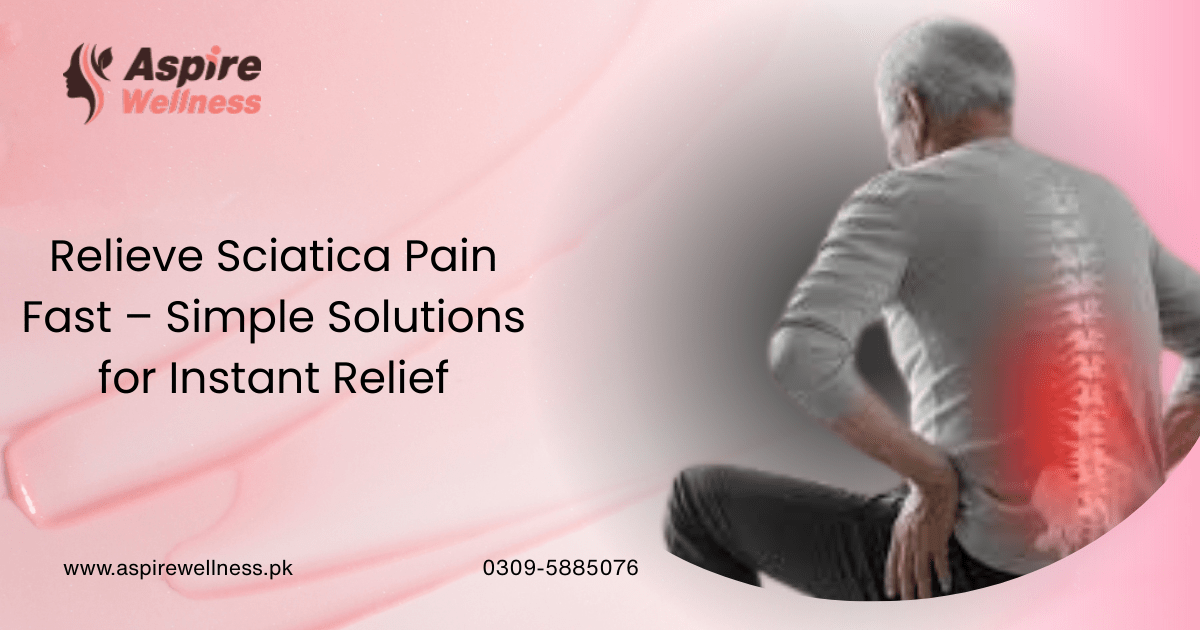Back pain is one of the most common reasons people seek medical care or miss work. It affects millions worldwide, limiting mobility, daily activities, and overall quality of life. Back pain can range from mild discomfort to a debilitating condition—and understanding its causes is the first step toward long-term relief.
Fortunately, physical therapy for back pain offers a holistic and non-invasive solution that targets the root cause of pain, improves mobility, and restores strength. In this article, we’ll explore the causes of back pain, symptoms, and how physiotherapy can help you live pain-free.
What Causes Back Pain?
Back pain or backache can stem from multiple factors, ranging from lifestyle habits to underlying medical conditions. Below are the most common causes:
1. Poor Posture
Poor posture is one of the leading causes of chronic lower back pain. Slouching while sitting, leaning forward when standing, or sleeping in awkward positions places excessive stress on the spine. Over time, this disturbs the natural spinal curve, compresses vertebrae, and increases the risk of conditions like:
-
Sciatica (nerve compression causing pain down the leg)
-
Disc bulge or herniation
-
Spondylosis and spondylolisthesis
Maintaining correct posture during sitting, standing, sleeping, and exercising is crucial for preventing back pain.
2. Muscle or Ligament Strain
Improper lifting, sudden twisting, or sitting for prolonged periods can cause muscle or ligament strain.
-
Muscle strain happens when the muscle fibers are overstretched or torn, often due to heavy lifting or poor warm-up before exercise.
-
Ligament strain occurs when the ligaments supporting the spine are overstretched, leading to instability and pain.
Weak or imbalanced core and back muscles further increase the risk of injury and persistent pain.
3. Herniated or Bulging Discs
The spinal discs act as cushions between vertebrae. When damaged, they can bulge or herniate, pressing on nerves and causing:
-
Severe lower back pain
-
Sciatica (shooting pain down the legs)
-
Numbness, tingling, or weakness
While a disc bulge pushes the outer layer outward, a herniated disc ruptures and directly compresses nerves. Both conditions limit mobility, cause spasms, and—if untreated—may result in long-term nerve damage.
4. Osteoarthritis (OA) of the Spine
Spinal osteoarthritis occurs when the cartilage in the facet joints wears down, causing bones to rub against each other. This leads to:
-
Pain, stiffness, and inflammation
-
Bone spurs pressing on nerves
-
Spinal stenosis (narrowing of the spinal canal)
-
Sciatica or leg pain when standing or walking
OA is more common with age and significantly contributes to chronic back pain.
5. Spinal Conditions
Several spinal disorders can cause persistent back pain, including:
-
Scoliosis – abnormal “S” or “C” shaped spinal curve that causes imbalance and muscle strain.
-
Spinal stenosis – narrowing of the spinal canal that compresses nerves.
-
Spondylolisthesis – one vertebra slipping forward over another, leading to instability and nerve compression.
These conditions often worsen without treatment and require professional care.
6. Stress and Mental Health
Mental health also plays a role. Stress, anxiety, and depression can cause muscle tension, leading to stiffness and pain in the back. Stress also worsens pre-existing back problems.
Common Symptoms of Back Pain
Back pain symptoms vary depending on the cause, but common signs include:
-
Dull, aching pain in the lower or mid-back
-
Sharp, stabbing pain with movement
-
Radiating pain down the legs (sciatica)
-
Stiffness and limited range of motion
-
Tingling or numbness in the back or legs
-
Chronic or persistent pain lasting weeks or months
How Physical Therapy Helps With Back Pain
Physiotherapy for back pain is one of the most effective, evidence-based treatments. A physical therapist assesses your condition and designs a personalized treatment plan to target the root cause of your pain.
Here’s how physiotherapy helps:
-
Pain Management – Heat, cold therapy, and electrical stimulation reduce inflammation and discomfort.
-
Manual Therapy – Hands-on techniques to mobilize joints, release muscle tension, and improve spinal alignment.
-
Muscle Strengthening – Exercises to build core and back strength, reducing strain on the spine.
-
Improved Mobility & Flexibility – Stretching programs restore range of motion and ease stiffness.
-
Postural Correction – Guidance on maintaining proper posture while sitting, standing, sleeping, or working.
-
Ergonomic Education – Advice on workplace setup, lifting techniques, and daily habits to prevent recurrence.
-
Psychosocial Support – Managing stress and improving mental well-being to reduce pain perception.
When Should You See a Physiotherapist?
You should seek professional help if you experience:
-
Back pain lasting more than 2–3 weeks
-
Pain that interferes with daily activities like walking or sitting
-
Pain radiating to your legs or buttocks
-
Weakness, tingling, or numbness in your limbs
-
Back pain after surgery or injury
Early intervention prevents chronic issues and speeds up recovery.
Conclusion
Back pain is common but manageable. Whether caused by poor posture, herniated discs, arthritis, or spinal conditions, identifying the root cause is essential for effective treatment.
Physical therapy offers a safe, non-surgical, and holistic approach to back pain management—restoring your mobility, strength, and quality of life.
- Clinic Name: Aspire Wellness
- Address: DHA Phase 2 Ext Karachi
- Phone Number: 03095885076
- Website: https://aspirewellness.pk
- Google Maps URL: https://maps.app.goo.gl/QF5LJZUkJTRgnR2TA






